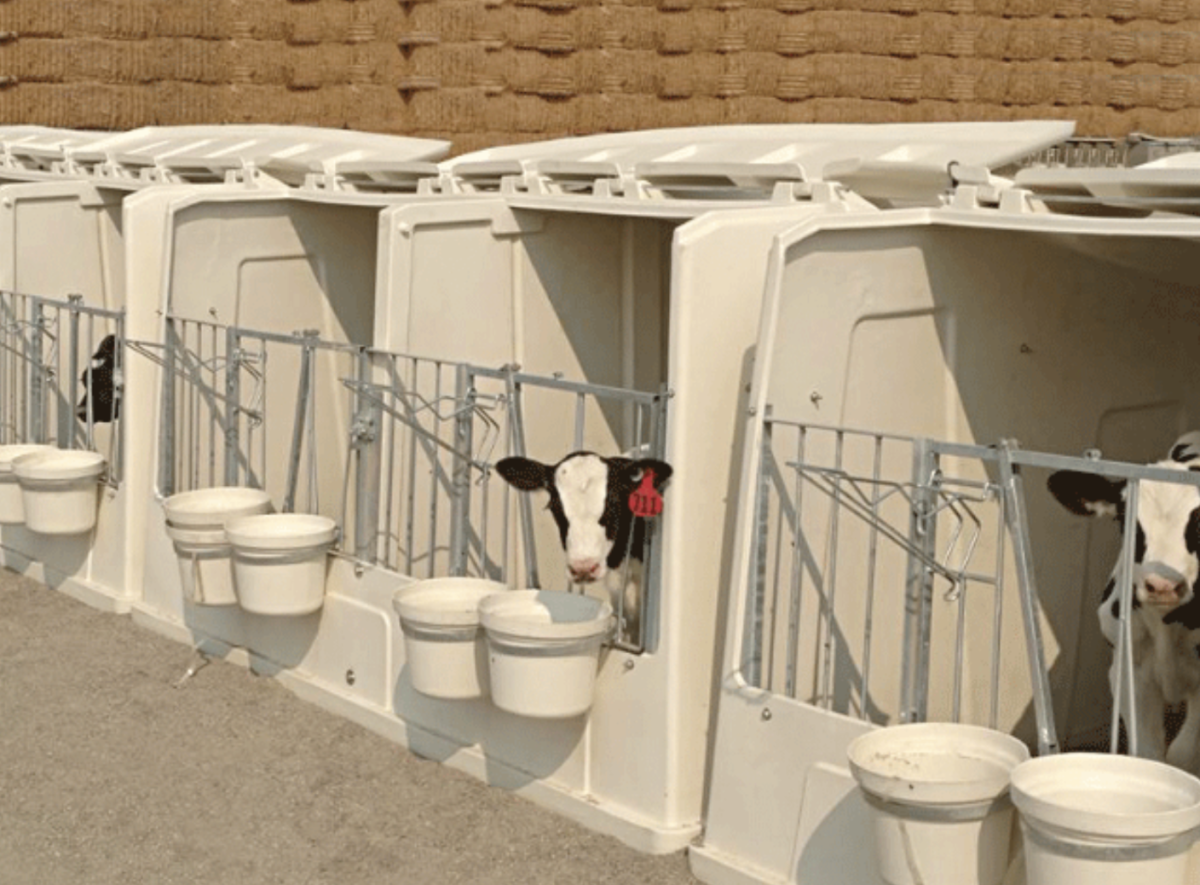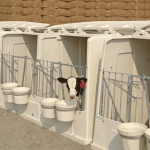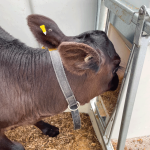The landscape of calf-rearing is a testament to the adage that 'necessity breeds innovation.' With the welfare of calves and the efficiency of farms at stake, the agricultural community has seen a significant shift from traditional single-calf hutches to more socially inclined paired and group calf housing. This article delves into the nuances of each housing system, shedding light on how each can contribute to the health and growth of calves and, by extension, benefit the operations of modern dairy farms.
Key Takeaways
- Ventilation is paramount in all calf housing systems to ensure health and prevent disease.
- Bedding plays a critical role in comfort and cleanliness, affecting overall calf welfare.
- Temperature regulation is vital for minimizing stress and promoting consistent growth.
- Feeding practices vary across housing systems but are central to calf health and development.
- Management strategies are the cornerstone of implementing successful calf housing.
The Traditional Approach: Single Calf Hutches
Single calf hutches have long been the standard in calf rearing, prized for their simplicity and the isolation they provide. This isolation is crucial for disease control, allowing farmers to monitor individual calves for signs of illness and intervene promptly.
However, this system has its drawbacks. The lack of social interaction can hinder behavioral development, and individual monitoring can increase labor costs.
- Ventilation in Single Calf Hutches:
- Critical for preventing ammonia buildup and ensuring fresh air.
- Vital in averting the spread of respiratory diseases in individual housing.
- Bedding for Single Calf Hutches:
- Must be kept dry and clean to support calf health and comfort.
- Regular bedding changes are a simple yet crucial practice in individual housing.
- Temperature Control for Single Hutches:
- Consistent temperatures are essential for stress-free calf development.
- Insulation and calf jackets are strategies to stabilize the environment in single hutches.
- Feeding in Single Calf Housing:
- Highly controlled to meet each calf's specific dietary requirements.
- Personalized feeding in single hutches helps prevent disease spread.
- Management of Single Calf Hutches:
- Involves consistent health monitoring and maintaining hutch cleanliness.
- Technological aids like automated feeders streamline single calf hutch management.
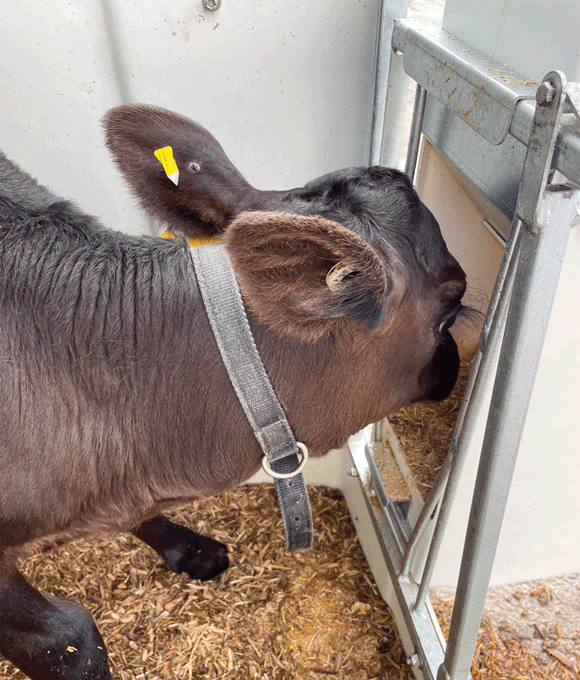
The Emerging Trend: Paired Calf Housing
The agricultural sector is witnessing a paradigm shift with the increasing adoption of paired calf housing. This system allows two calves to share a living space, fostering social interaction from an early age. The benefits of this arrangement are multifaceted and encompass behavioral and physiological aspects.
Social Benefits: Behavioral and Developmental Impacts
When calves are paired, they exhibit natural behaviors such as grooming and play, which are critical for cognitive and social development. These interactions contribute to a well-adjusted animal capable of integrating into the herd with ease. Moreover, studies suggest that social calves may also cope with weaning stress more effectively.
Health and Growth: Comparing Single and Paired Housing Outcomes
Paired housing balances the benefits of social interaction and the need for health monitoring. Here's a list detailing the advantages:
- Enhanced Growth Rates: Calves in paired housing often show increased weight gain, likely due to stimulated feed intake from competition and social facilitation.
- Disease Monitoring: While monitoring is less individualized in paired housing than in single hutches, it still allows for close observation of health indicators.
- Stress Reduction: The companionship in paired housing can mitigate stress, which is known to impact immune function positively.
Paired Calf Housing
- Ventilation in Paired Calf Hutches:
- Ensures both calves receive ample fresh air, reducing the risk of respiratory issues.
- Design must accommodate two animals, requiring more precise airflow management.
- Bedding for Paired Calf Hutches:
- Increased waste from two calves necessitates more frequent bedding changes.
- Bedding must be monitored for dampness and cleanliness to prevent disease.
- Temperature Control in Paired Housing:
- Shared body heat can be beneficial, but hutches must still protect against extreme temperatures.
- Management may need to adjust for the combined warmth of two calves, especially in variable climates.
- Feeding Strategies for Paired Calves:
- Calves can learn and encourage each other, potentially improving feed intake.
- Feeders must allow both animals to access food equally to prevent competition.
- Management of Paired Calf Hutches:
- Health checks must account for the interaction between calves - monitoring signs of bullying or stress.
- Management practices must be adapted to cater to two calves sharing a space.
The Group Dynamic: Group Calf Housing
Group calf housing represents a leap forward in social rearing. Several calves cohabit, forging a dynamic that closely resembles natural herd behavior. This system is designed to leverage the benefits of social learning and group dynamics to foster a robust developmental environment for young calves.
Balancing Health Risks with Social and Growth Benefits
Group housing amplifies the benefits and challenges of paired housing. Calves in a group setting can engage in even richer social interactions, leading to improved behavioral development and social skills. However, the risk of disease transmission is higher, and vigilant management is crucial to mitigate these risks.
Group Calf Housing
- Ventilation in Group Calf Housing:
- Scaled-up ventilation systems are necessary to cater to the larger groups, ensuring good air quality.
- Strategic airflow design is crucial to maintaining a healthy environment for all calves.
- Bedding in Group Calf Housing:
- Systematic bedding management is required to keep a larger area clean and dry.
- Regular inspections and replacements are essential to maintain hygiene for the group.
- Temperature Control for Group Housing:
- Collective body heat from the group must be managed to prevent overheating.
- Adequate insulation and climate control systems are essential for larger calf groups.
- Feeding in Group Calf Housing:
- Automated feeding systems can track and manage individual calf intake within the group.
- The design of feeding areas must prevent dominance behavior and ensure equal access.
- Management Strategies for Group Housing:
- Regular, thorough health monitoring is crucial to identify and address illness quickly.
- Space allocation and environmental enrichment are essential for welfare in group settings.
Ventilation: A Breath of Fresh Air
Regardless of the housing system, ventilation remains a cornerstone of calf health. Properly designed calf hutches, whether single, paired, or group, must facilitate adequate air exchange to prevent the accumulation of dampness and pathogens. Here's how each system can optimize ventilation:
- Single Hutches: Individual units allow for easy airflow control around each calf.
- Paired Housing: Shared spaces require careful consideration to ensure both calves receive fresh air.
- Group Housing: Large shared environments necessitate a more complex ventilation system to maintain air quality for all calves.
Bedding: The Foundation of Calf Comfort
Bedding is more than a soft surface; it's a critical component for calf health, providing warmth, reducing moisture, and preventing the growth of pathogens. Effective bedding strategies differ slightly across housing types:
- Single Hutches: Individual bedding can be tailored to each calf's needs and easily monitored for dampness or soiling.
- Paired Housing: Bedding must be ample and frequently changed to accommodate the increased waste.
- Group Housing: Requires a systematic approach to ensure cleanliness, with regular inspections and replacements to maintain a hygienic environment.
Temperature Control: Keeping Calm and Consistent
Temperature regulation is vital for calf comfort and health. Each housing system must address the unique challenges of maintaining a stable environment:
- Single Hutches: Individual coverings or calf jackets can be used during colder months.
- Paired Housing: Shared body heat is beneficial, but provisions for extreme temperatures must be in place.
- Group Housing: The collective warmth of the group is advantageous, but adequate shelter and ventilation are essential to avoid overheating.
Feeding Strategies: Nourishing the Future
Feeding is a critical aspect of calf rearing, with each system presenting unique challenges and opportunities:
- Single Hutches: Allows for individualized feeding regimes, ensuring calves receive tailored nutrition.
- Paired Housing: Calves can learn from each other, potentially increasing feed intake and growth.
- Group Housing: Automated feeding systems can ensure each calf receives its necessary nutrients while fostering a communal eating environment. These systems can track individual consumption, a critical factor in monitoring health and growth within the group setting.
In group housing, the communal approach to feeding does more than just satisfy hunger; it sets the stage for social hierarchies and cooperative behavior that calves will encounter in larger herds. The key is to manage these dynamics to ensure equal access to food and to monitor for any signs of bullying or food dominance, which can be mitigated through careful design and management of feeding stations.
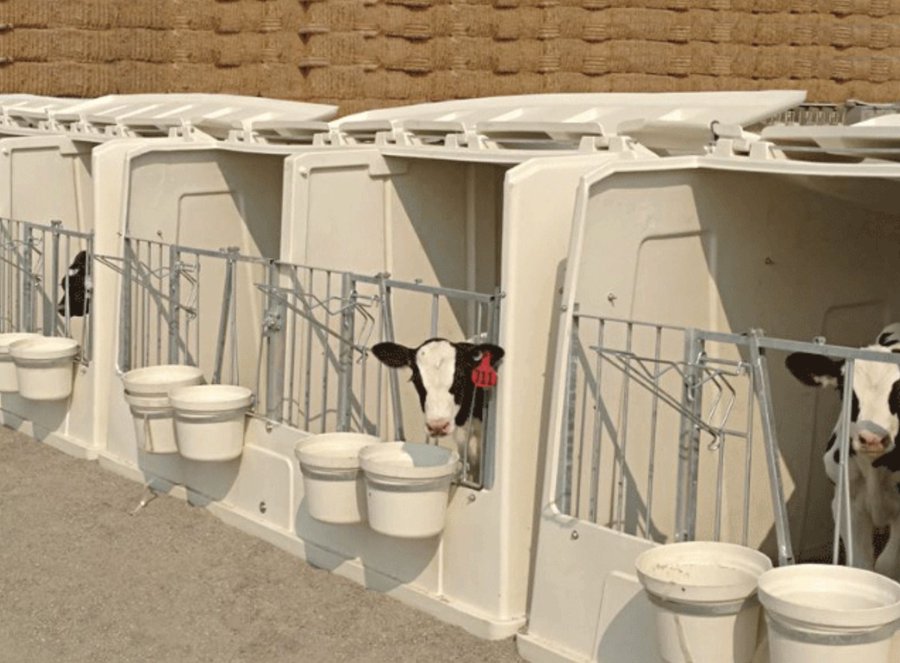
Management: The Key to Success
The success of any calf housing system ultimately hinges on effective management. Regular health checks, diligent observation, and a proactive approach to care are essential across all housing types. In group settings, this involves a keen eye for group dynamics and individual calf health, ensuring that the benefits of social interaction do not come at the cost of disease or stress.
With technological advancements such as RFID tags and automated feeders, farmers can now manage larger groups of calves with greater efficiency and precision, ensuring that the welfare of each calf is monitored and that any issues are swiftly addressed.
Conclusion: Charting the Course for Calf Housing
As the dairy industry continues to evolve, so do the practices surrounding calf rearing. Single, paired, and group calf housing each have their place in modern agriculture, with decisions often reflecting farm size, management capabilities, and welfare considerations. The trend towards more socially oriented housing reflects a broader shift in animal husbandry towards practices that consider the natural behaviors and needs of the animals.
If you are interested in any of these calf-rearing products, Agri-Plastics is a leading provider of top-quality Calf Hutches.
